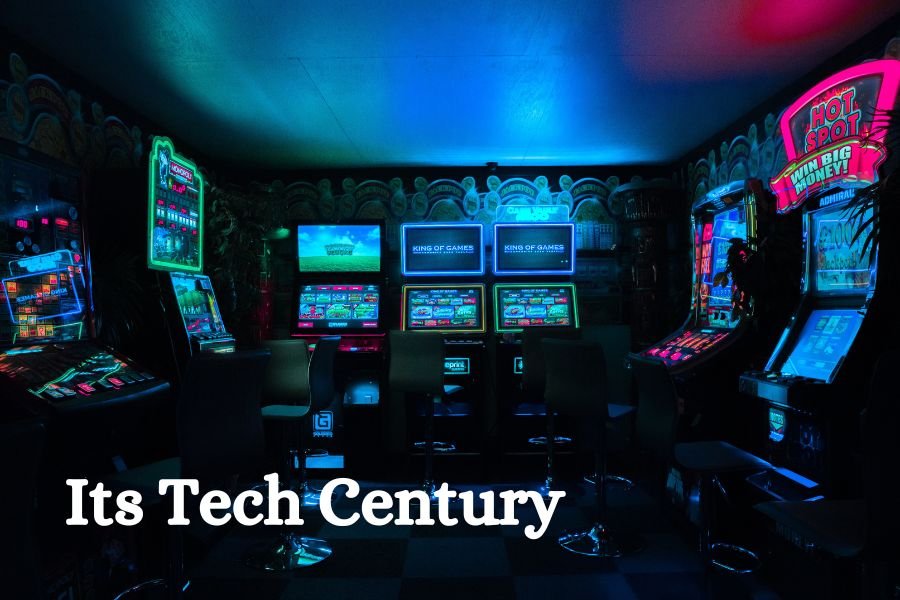In the realm of video games, looting is an art that combines strategy, skill, and a bit of cunning. This blog delves into the world of ‘Pro Tricky Looters’, exploring the intricacies of looting in various gaming genres. Whether you’re a seasoned gamer or just starting, understanding the nuances of looting can enhance your gaming experience significantly.
Table of Contents
ToggleThe Psychology Behind Pro Tricky Looter Blog
Cognitive Skills and Decision Making
Looting is not just about grabbing everything in sight. It involves quick decision-making, prioritizing items based on their value and utility. This requires a keen sense of observation and the ability to make split-second decisions that can greatly impact your overall strategy in the game.
Risk vs. Reward
Looting often involves weighing the risks against the potential rewards. In high-stakes environments, such as in survival or battle royale games, deciding whether to loot can be a matter of virtual life and death. This aspect of looting adds an intense psychological layer to gameplay, where players must balance greed against survival.
Ethical Considerations in In-Game Looting
Fair Play and Game Mechanics
While looting is a fundamental aspect of many games, it raises questions about fair play. Games with randomized loot systems can create disparities among players, and there’s an ongoing debate on how looting mechanics should be balanced to ensure fairness while maintaining the thrill of the hunt.
Impact on Player Interactions
Looting mechanics can significantly influence how players interact with each other. In multiplayer settings, looting can lead to alliances, betrayals, and dynamic social interactions, adding a rich layer of complexity to the gaming experience.
Strategies for Efficient Looting
Prioritizing Loot
Understanding what to loot and when is crucial. High-value items like weapons, armor, and healing items should typically be prioritized. However, situational awareness is key – sometimes, grabbing less valuable but more immediately useful items can be the smarter choice.
Looting Under Pressure
In many games, looting must be done quickly and under pressure. Developing the ability to loot efficiently while remaining aware of your surroundings is a skill that distinguishes amateurs from pros.
The Role of Looting in Game Design
Looting as a Game Mechanic
Game designers often use looting as a way to drive player progression and engagement. By placing valuable items in risky locations, designers can create compelling challenges and encourage exploration.
Balancing the Loot Economy
Designing a balanced loot system is challenging. Designers must ensure that looting remains rewarding and fun while preventing any single player from gaining an unfair advantage.
The Evolution of Pro Tricky Looter in Video Games
Over the years, the concept of looting in video games has evolved significantly, transitioning from a simple mechanic to a complex system that can define the entire gaming experience. In early video games, looting was often a straightforward task – players would defeat enemies or explore areas to find items that were automatically added to their inventory. However, as gaming technology advanced, so did the mechanics of looting. Today, in games like RPGs, MMOs, and battle royales, looting has become a nuanced activity that demands strategy and skill. Players must now consider inventory management, item rarity, and even the potential risk of looting in hostile environments. This progression reflects a larger trend in gaming where mechanics are increasingly designed to offer a more immersive and emotionally engaging experience.
The Impact of Looting on Game Narratives and Player Engagement
Looting does more than just provide players with resources; it deeply impacts game narratives and player engagement. In narrative-driven games, looting can be integrated into the story, with specific items providing backstory or advancing the plot. This integration adds depth to the gaming experience, transforming looting from a routine task into a meaningful part of the story. Additionally, the thrill of discovering rare or powerful items adds an element of excitement and unpredictability, keeping players engaged and invested in the game. For multiplayer and competitive gaming, looting can foster a dynamic environment where players must constantly adapt their strategies based on the resources they acquire. This not only enhances the replayability of a game but also fosters a competitive spirit, as players strive to out-loot and outplay their opponents. In essence, the evolution of looting in video games has become a pivotal aspect of modern gaming, offering a rich blend of strategy, narrative depth, and player engagement.
Conclusion
Looting is more than just a game mechanic; it’s a complex element that involves psychology, strategy, and ethics. Mastering the art of looting can greatly enhance your gaming experience, providing not just in-game advantages but also a deeper appreciation for the intricacies of game design and player interaction. Whether you’re a casual player or aiming to become a ‘Pro Tricky Looter’, the world of in-game looting offers a fascinating and endlessly engaging aspect of modern gaming culture. Remember, the key to becoming a pro isn’t just about what you loot, but how you loot. Happy gaming!
You Must Read: Jeinz Macias Unplugged: A Personal Journey Through Music
